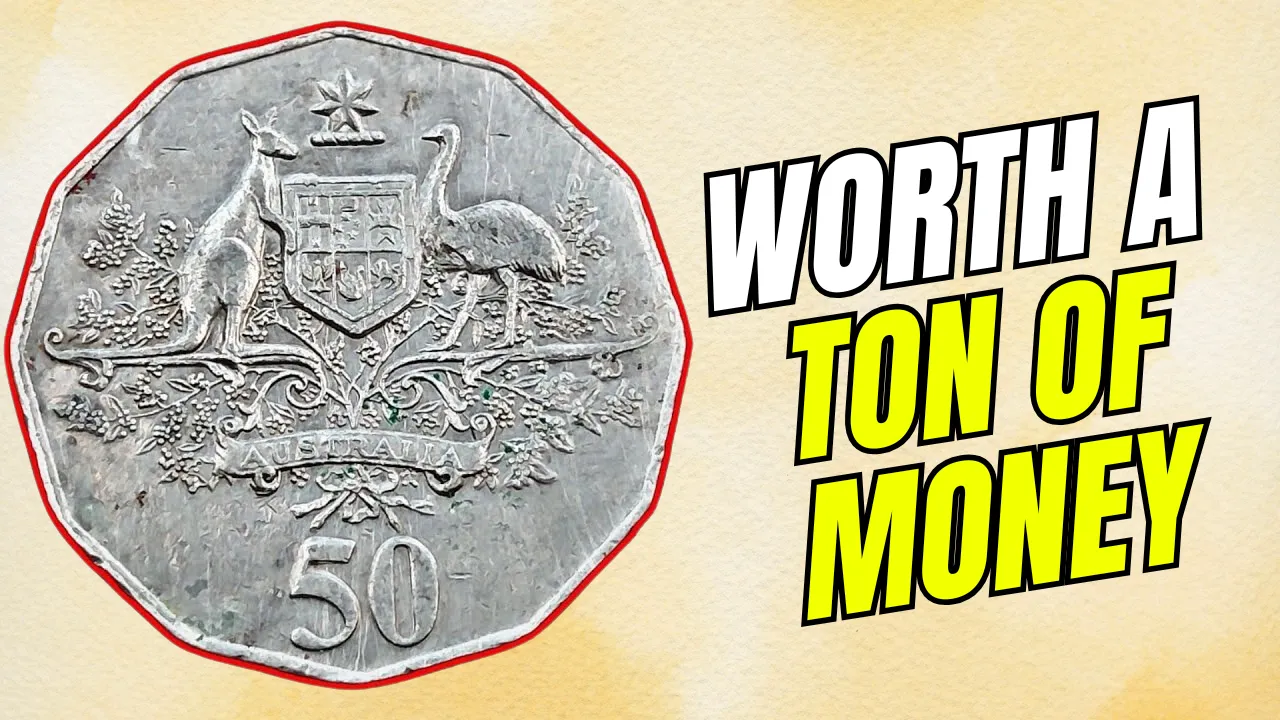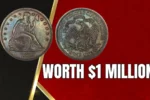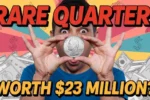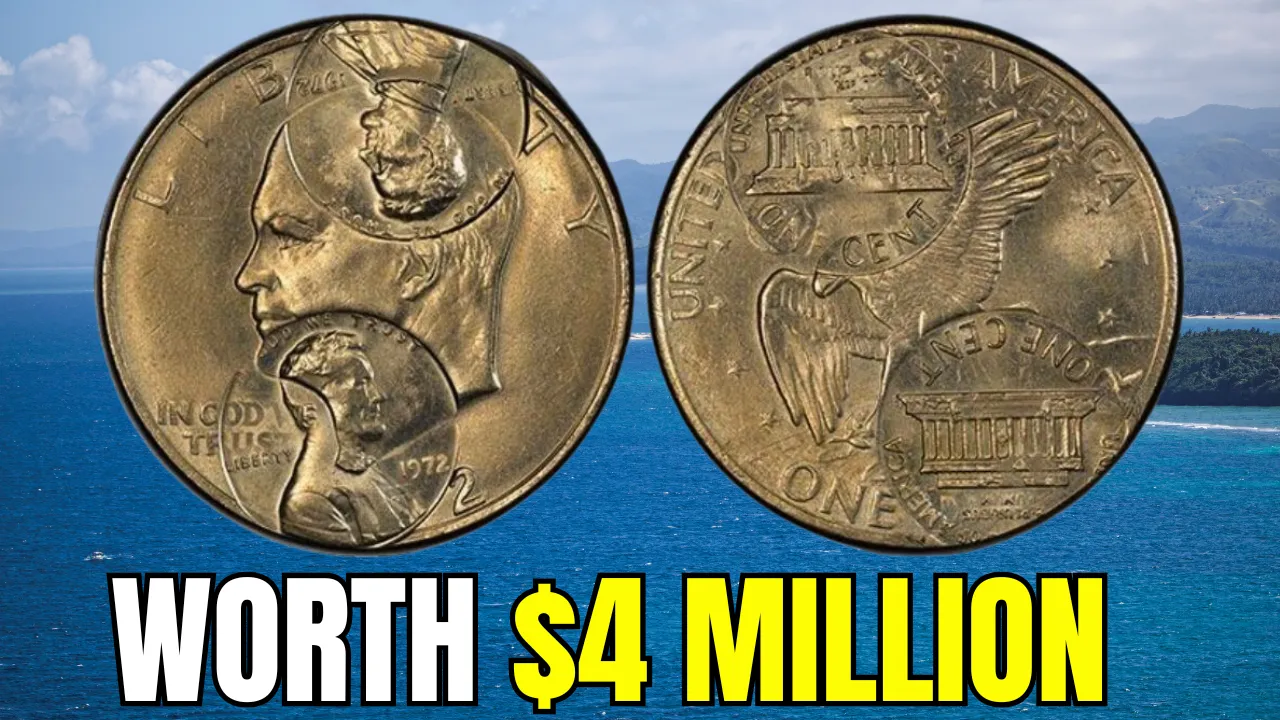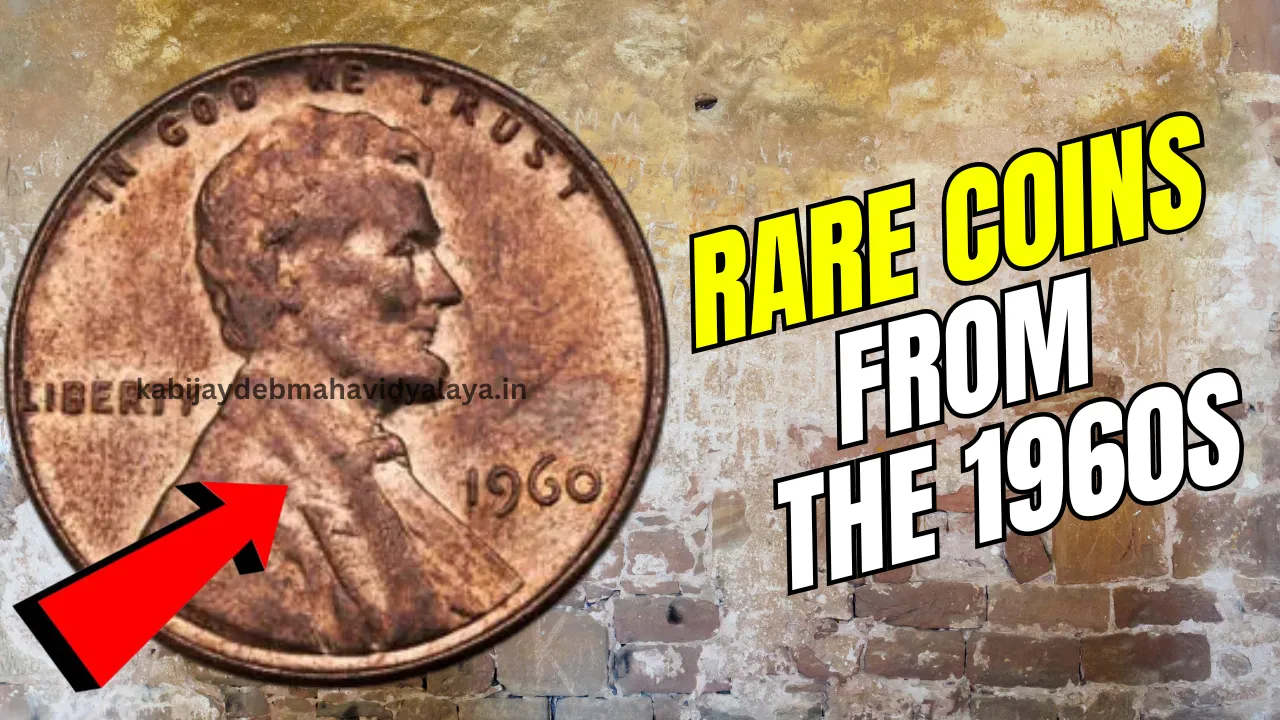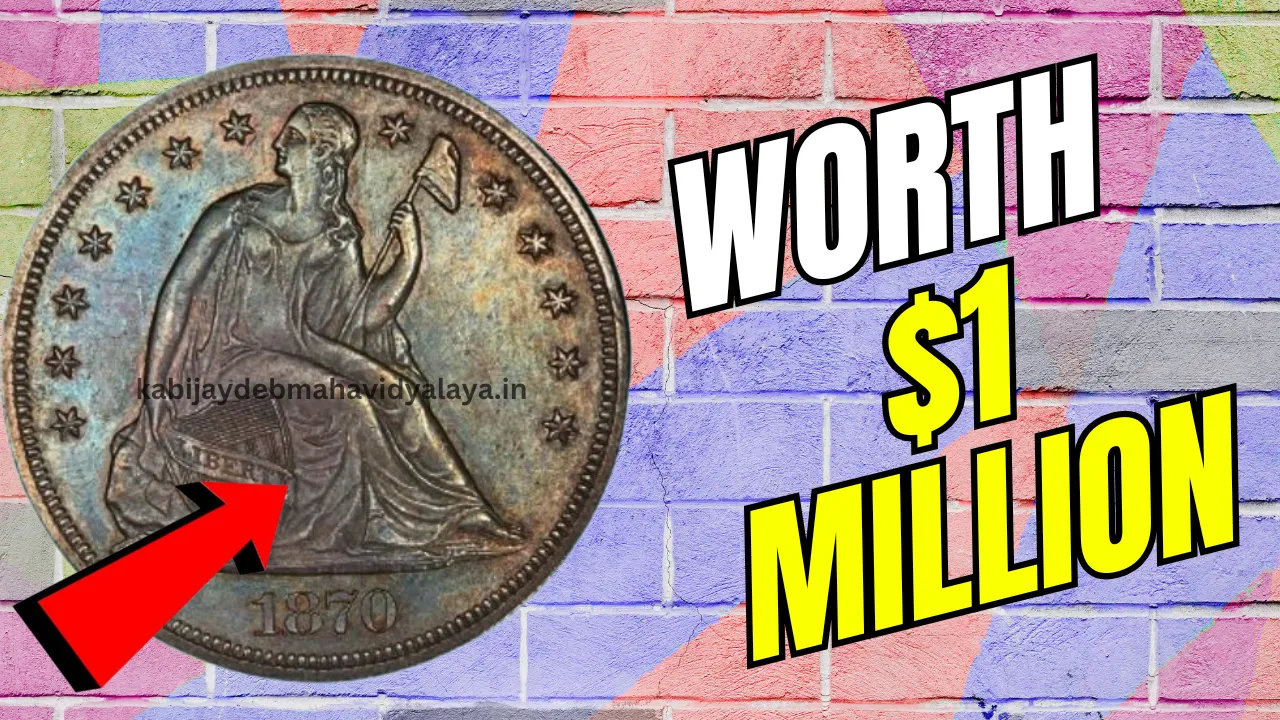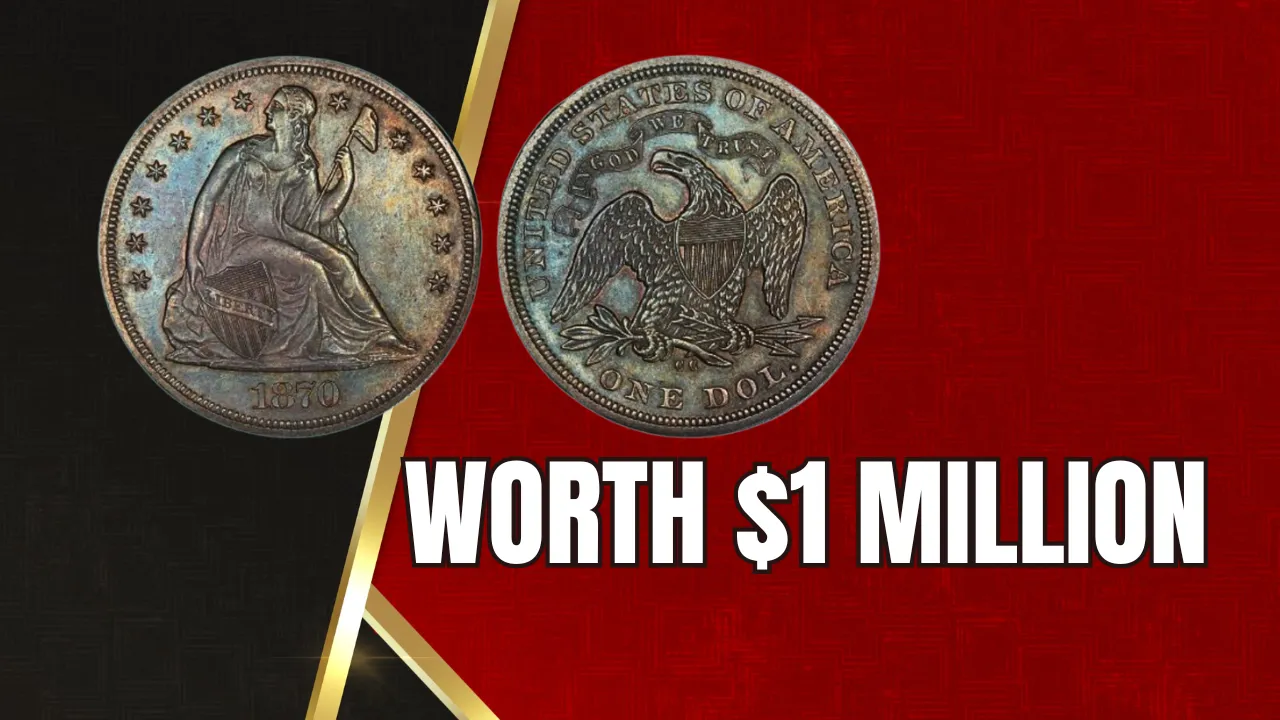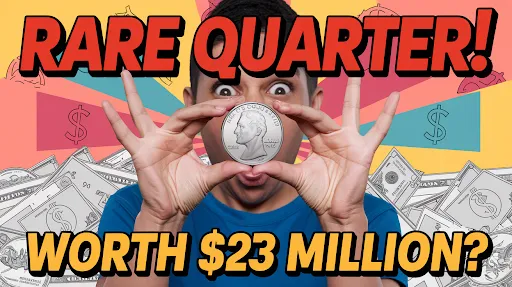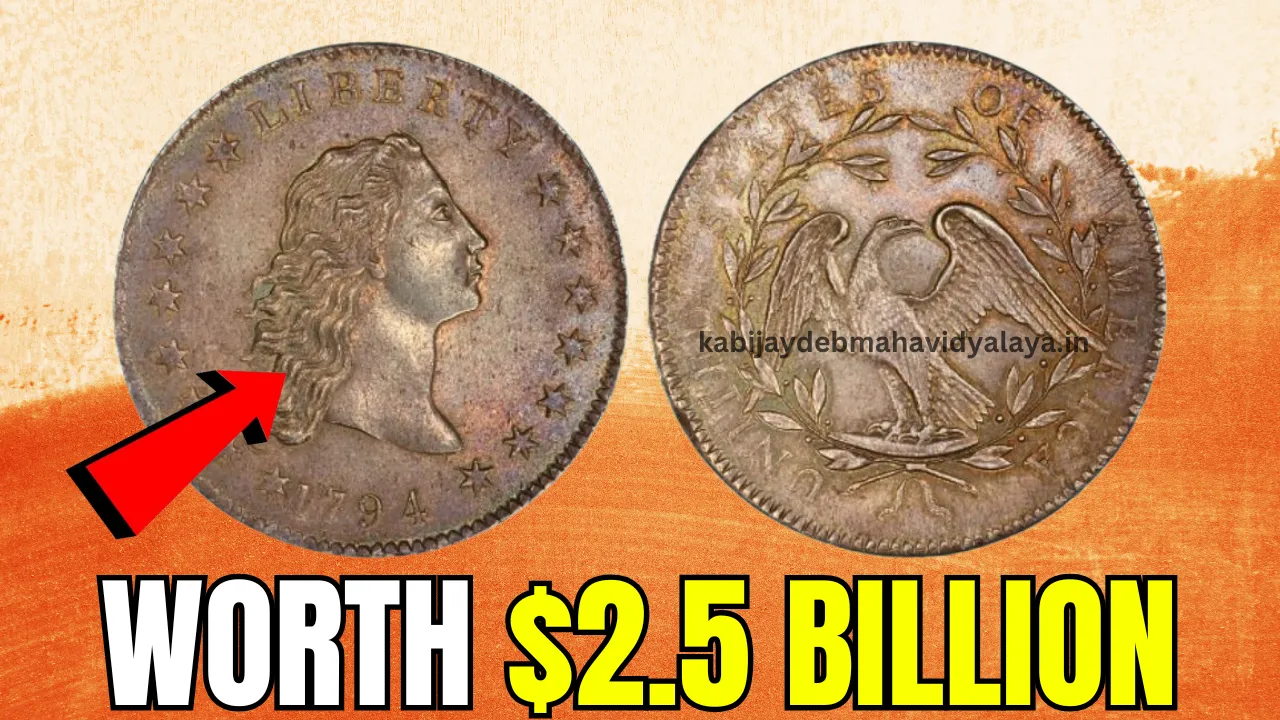The 50-Cent Coin That’s Worth a Ton of Money: When it comes to coins, most people think of pennies, nickels, dimes, and quarters. However, one of the most fascinating coins in U.S. history is the 50-cent coin, or half dollar. While it may not be as commonly used in everyday transactions, this coin boasts a remarkable history and has the potential to be worth far more than its face value. In fact, some 50-cent coins are worth thousands—or even tens of thousands—of dollars to collectors and enthusiasts.
In this article, we’ll explore the rich history of the 50-cent coin, from its origins to its most valuable editions. We’ll uncover why some of these coins have skyrocketed in value and how you can determine if you’re holding one of these hidden treasures.
An Overview of the 50-Cent Coin
| Feature | Details |
| Year Introduced | 1794 |
| Original Design | Lady Liberty on one side, an eagle on the other |
| Major Redesigns | 1948: Benjamin Franklin replaces Lady Liberty |
| Kennedy Tribute | 1964: John F. Kennedy honored on the coin after his assassination |
| Material Changes | Pre-1971: Silver-copper blend; Post-1971: Copper-nickel |
| Special Editions | SMS Kennedy half dollars known for their rarity and detail |
| Value Range | From face value to over $100,000 for rare editions |
A Glimpse Into History: The Evolution of the 50-Cent Coin
The Early Years: Lady Liberty and the Eagle
The 50-cent coin first appeared in 1794, showcasing Lady Liberty on the obverse (front) and an eagle on the reverse (back). This design was a nod to the young nation’s ideals and aspirations. Over the next 150 years, the coin underwent subtle changes but retained its patriotic themes.
The Franklin Half Dollar
In 1948, a significant redesign featured Benjamin Franklin, one of America’s founding fathers, on the obverse and the Liberty Bell on the reverse. Franklin’s scientific and philosophical contributions made him a fitting symbol for the coin, which was embraced by collectors and the public alike.
The Kennedy Era
The most iconic version of the 50-cent coin arrived in 1964, following the assassination of President John F. Kennedy. His immense popularity and tragic death led to a swift redesign to honor his legacy. The Kennedy half dollar featured his portrait on the front and the presidential seal on the back, creating an enduring symbol of his leadership.
Why Some 50-Cent Coins Are Worth So Much
Not every 50-cent coin is worth a fortune, but several factors contribute to a coin’s value:
1. Silver Content
The 1964 Kennedy half dollar is especially prized for its high silver content—90% silver to be exact. With silver prices fluctuating, these coins often exceed their face value significantly. A single 1964 half dollar can be worth $10 or more, depending on market conditions.
2. Rarity of Special Editions
Some of the rarest and most valuable versions of the 50-cent coin come from Special Mint Sets (SMS). These coins are meticulously crafted with sharper details and a unique satin finish. For instance, an SMS Kennedy half dollar from 1964 sold for an astounding $108,000 in 2019. Only about 12 of these coins are known to exist, making them a collector’s dream.
3. Errors and Misprints
Minting errors can also make a coin exceptionally valuable. Misaligned designs, double strikes, or off-center images are rare and sought after by collectors. Even coins from the post-silver era can fetch thousands if they feature these unique flaws.
How the 50-Cent Coin Changed After 1971
In 1971, the U.S. Mint transitioned to a copper-nickel composition for the 50-cent coin, eliminating the silver content entirely. While this made production more economical, it reduced the intrinsic value of the coins. However, rare examples from this era, such as error coins or those included in special collector sets, can still command high prices.
Tips for Identifying Valuable 50-Cent Coins
If you’re curious about whether your 50-cent coin is worth more than face value, here’s how you can find out:
- Examine the Mint Year
- Coins minted between 1964 and 1970 are most valuable due to their silver content.
- Look for Unique Features
- SMS coins or limited-edition sets often have distinctive textures or details.
- Check for Errors
- Coins with minting mistakes, such as double images or off-center strikes, are rare and valuable.
- Assess the Condition
- Coins in uncirculated or mint condition are typically worth more than heavily circulated ones.
- Seek Professional Appraisal
- A coin dealer or grading service can help determine your coin’s true value.
Modern Production: Collectors’ Favorites
Today, Kennedy half dollars are no longer minted for regular circulation. Since 2002, they have been produced primarily for collectors and specialty sets. Although they are less likely to show up in your pocket change, these coins remain a beloved part of U.S. currency history. The Federal Reserve occasionally orders half dollars for circulation, but their use in everyday transactions is rare.
FAQs About the 50-Cent Coin
Why are Kennedy half dollars from 1964 so valuable?
Their 90% silver content and historical significance as the first Kennedy coins make them highly sought after.
What is an SMS Kennedy half dollar?
SMS coins are Special Mint Set editions with enhanced details and texture. Only a few exist, making them extremely rare and valuable.
Can I still find 50-cent coins in circulation?
While uncommon, it’s possible. Most are now produced for collectors rather than regular use.
Are post-1971 half dollars worth anything?
Though they lack silver, rare editions or error coins can fetch prices from $18 to $4,500.
Is it legal to melt 50-cent coins for their silver content?
No, melting U.S. coins for their metal value is illegal in most cases.
Final Thoughts
The 50-cent coin is more than a piece of currency—it’s a glimpse into history and a collector’s delight. From its early days featuring Lady Liberty to the iconic Kennedy half dollar, this coin holds a unique place in American culture.
Have you checked your coin collection lately? You might be sitting on a valuable treasure without even knowing it. Share your discoveries or questions in the comments below, and let the hunt for these fascinating coins begin!
